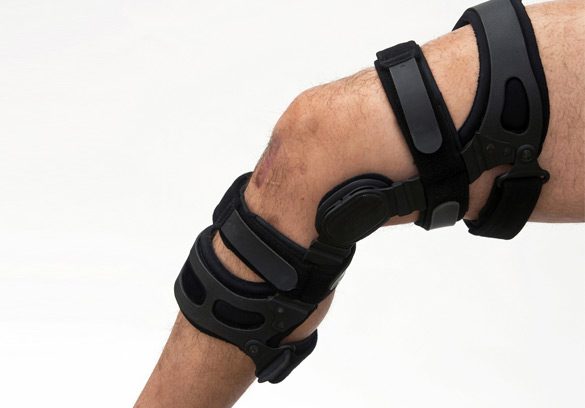Located just below the kneecap near the thighbone (femur), the meniscus is made up of two bands of thick tissues. When one of these pieces of cartilage becomes torn, it can be the source of knee pain and instability. While often caused by a sports-related impact, damage to the meniscus can also result from age-related wear, or degeneration. Arthroscopic meniscus repair is a common form of surgery frequently performed to restore the strength and flexibility of the thick tissues that help maintain knee stability.

When to Consider Arthroscopic Meniscus Repair
Not all meniscus tears can be treated surgically, even with a minimally invasive procedure. Short tears extending along the inner margin of the meniscus towards the outer part of the tissue (radial tears) are often able to repaired surgically. Horizontal meniscal tears, displaced (flap) tears, and degenerative tears are usually more difficult to repair. Whether or not arthroscopic meniscus repair is an option will depend on the location of the tear. Only the outer third part of the meniscus has a blood supply sufficient enough to allow for proper healing after surgery. Preferred candidates for arthroscopic meniscus repair are patients with a tear in the outer edge of the meniscus, referred to the red zone, who are likely to respond well to follow-up physical therapy.
Performing Arthroscopic Meniscus Repair
Arthroscopic meniscus repair is performed as an outpatient procedure. Various arthroscopic techniques are used to reduce trauma to surrounding tissues while correcting the damage to the affected cartilage. The surgery is performed by making small incisions into the knee to access the damaged part of the meniscus. A small camera allows the surgeon to view inside the knee while performing the necessary corrections to restore full function of the knee joint. If damage to the meniscus is severe, it may need to be removed entirely and replaced. A partial meniscectomy (removal of part of the meniscus) may be performed if pieces of tissue are aggravating the knee and contributing to swelling. The goal of surgery is preserve the healthy tissue, so repair is the preferred option whenever possible.

Arthroscopic Meniscus Repair Recovery
Recovery from arthroscopic meniscus repair surgery typically takes 4-6 weeks. Specific recover times will depend on how a patient is responding to physical therapy and rehabilitation of the affected knee. Meniscus repair has a high success rate, with approximately 90 percent of patients reporting positive results from surgery. As healing progresses and full range-of-motion returns, muscle strengthening exercises are often recommended to prevent atrophy and improve flexibility. Progress will be tracked during follow-up visits.
Rest, ice, compression, and elevation may initially ease pain from a meniscus tear. If non-surgical treatments aren’t effective or the tear is causing persistent pain, arthroscopic meniscus repair may be recommended. The procedure may be exploratory at first to determine the extent of the damage and confirm that the meniscus is the source of a patient’s pain since severe knee arthritis can produce similar symptoms. For patients who are in otherwise good health and likely to heal well, surgery is often considered sooner since full restoration of knee function is more likely to occur.
